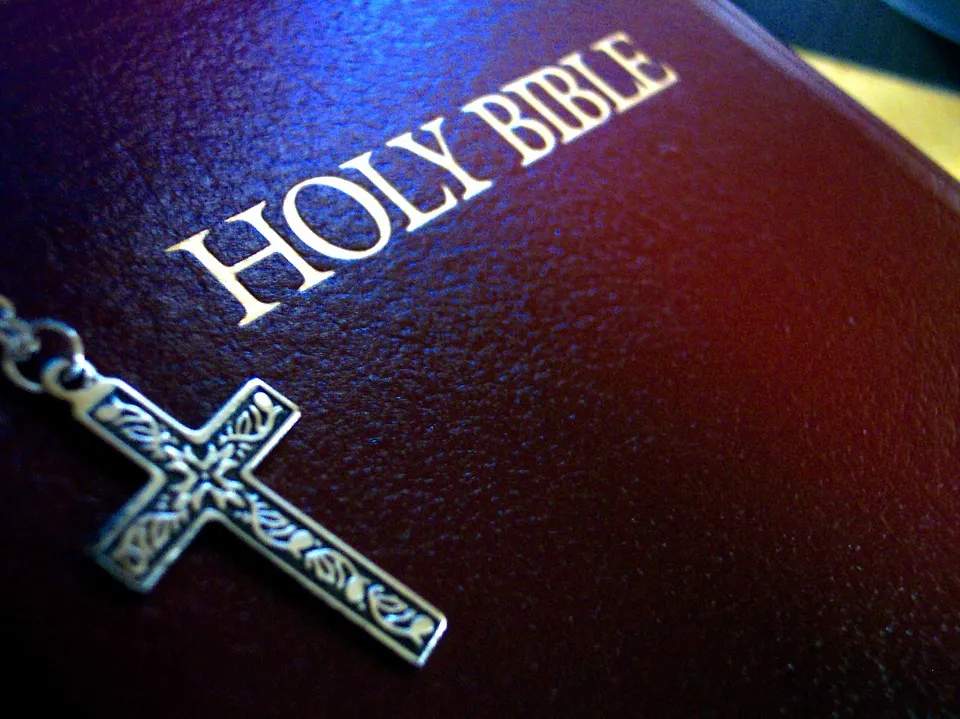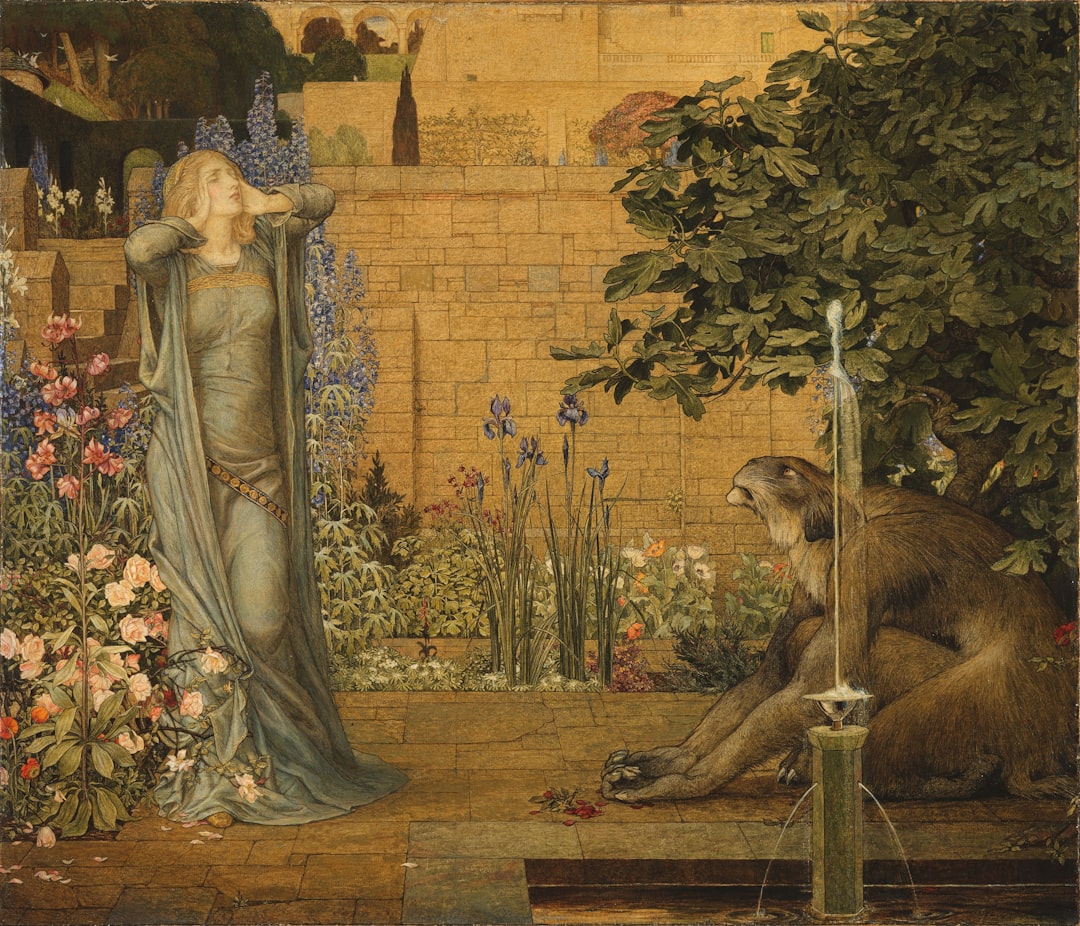In the Bible, spikenard is a precious and fragrant oil that has been used in various contexts throughout the Old and New Testament. It’s mentioned by name in several gospels, and its symbolism has been the subject of much discussion over the centuries. This blog post is dedicated to exploring the history and significance of spikenard in the Bible, from its use in anointing and healing to its value as a precious and costly ointment. Read on to discover the timeless meaning behind this aromatic herb.
Spikenard in the Old Testament

In the Old Testament, spikenard is mentioned multiple times as a fragrant oil and ointment. It was a highly valued commodity and was used in various religious ceremonies.
Here are some instances where spikenard was mentioned in the Old Testament:
-
Song of Solomon 1:12 – “While the king sits at his table, My spikenard sends forth its fragrance.”
-
Proverbs 27:9 – “Ointment and perfume delight the heart, and the sweetness of a man’s friend gives delight by hearty counsel.”
-
Exodus 30:23-25 – “Take also for yourself quality spices—five hundred shekels of liquid myrrh, half as much sweet-smelling cinnamon (two hundred and fifty shekels), two hundred and fifty shekels of sweet-smelling cane, five hundred shekels of cassia, according to the shekel of the sanctuary, and a hin of olive oil. And you shall make from these a holy anointing oil, an ointment compounded according to the art of the perfumer. It shall be a holy anointing oil.”

As seen in these Bible verses, spikenard was considered precious and valuable. It was often used in perfumes and ointments, and its fragrant aroma was thought to be pleasing to God.
Here are some key takeaways:
- Spikenard was mentioned in the Old Testament as a fragrant oil and ointment.
- It was used in religious ceremonies and was considered a valuable commodity.
- Its fragrant aroma was thought to be pleasing to God.
Understanding the symbolism and significance of spikenard in the Old Testament is essential to understanding its role in the New Testament. In the next section, we will explore spikenard in the context of the New Testament.
Spikenard in the New Testament
Spikenard is mentioned three times in the New Testament Gospel accounts of Mark, John, and Matthew as a precious and expensive fragrant oil used for anointing. In Mark 14:3-5, Mary of Bethany poured a jar of spikenard on Jesus’ feet as an act of devotion and preparation for his burial. The fragrance filled the entire house, and Judas Iscariot criticized her for using such an expensive oil instead of selling it and giving the money to the poor. But Jesus defended her saying that she has done a beautiful thing for him.
Likewise, in John 12:1-8, Mary of Bethany anointed Jesus’ feet with a pound of spikenard and wiped them with her hair. Judas Iscariot again criticized her, but Jesus once again defended her act of offering. He said that she was preparing him for burial, and that wherever the gospel is preached throughout the world, what she has done will also be told in memory of her.
In Matthew 26:6-13, an unnamed woman also used a jar of spikenard to anoint Jesus’ head as he sat at a table with his disciples. The disciples, including Judas Iscariot, criticized her for wasting such an expensive oil, but Jesus praised her for her act of love and devotion. He said that wherever the gospel is preached throughout the world, what she has done will also be told in memory of her.
Spikenard was considered a valuable and expensive commodity in ancient times because it was imported from the Himalayas of India. The plant from which it was extracted was called Nardostachys jatamansi, a rare herb believed to have healing properties. Spikenard was used as a perfume and an ointment for a variety of purposes such as skin care, embalming, and spiritual practices.
The use of spikenard as a fragrant and healing oil in the Bible symbolizes the spiritual and physical healing that Jesus brought to the world through his life, death, and resurrection. It also represents the costly and sacrificial love that Mary of Bethany and the unnamed woman had for Jesus. Their act of offering symbolizes complete surrender and devotion to God, even if it meant sacrificing something valuable and precious.
In summary, spikenard played an important role in the New Testament as a fragrant and valuable oil used for anointing and symbolizing love and devotion. Its significance lies not in its material worth, but in the spiritual and emotional value it represents. It reminds us to offer our lives and resources as a symbol of our love and devotion to God, just as Mary of Bethany and the unnamed woman did for Jesus.
Mary of Bethany’s Offering of Spikenard

As mentioned in the previous section, spikenard was a highly valued aromatic oil during biblical times. It was so precious that it was often used as a form of currency. In the New Testament, we see an account of Mary of Bethany offering a jar of spikenard to Jesus.
In the gospel of John, chapter 12, verses 1-8, we read about Jesus dining with his disciples when Mary of Bethany entered the room with an alabaster jar of costly perfume made of pure spikenard. She then anointed Jesus’ feet with the fragrant oil and wiped them with her hair. The house was filled with the aroma of the perfume.
The disciples were surprised and, in particular, Judas Iscariot, who questioned why the perfume was not sold for three hundred denarii and given to the poor. However, Jesus defended Mary’s actions, stating that she had saved the perfume for his burial in advance.
Mary’s offering of spikenard to Jesus was a significant act of love and devotion. It showed that she recognized Jesus as the Messiah and was willing to sacrifice something of great value to honor him.
Symbolism and Meaning of Spikenard
Spikenard’s symbolism is rooted in its fragrant and costly nature. The use of spikenard was often associated with worship and anointing, and it was used to consecrate objects and to anoint the heads of priests and kings.
In the case of Mary of Bethany, her use of the spikenard was a symbolic act of anointing Jesus as the Messiah. It also showed her willingness to lay down her most precious possession as an expression of worship and devotion.
« What Does The Bible Say Happens After A Person Dies: An Insightful Exploration
What Does the Bible Say About Making Room for God: Exploring Faith’s Spatial Aspects »
Spikenard as a Healing and Fragrant Oil
Apart from its importance as a symbolic offering and perfume, spikenard also had medicinal properties. It was used as a healing and fragrant oil that could be used to alleviate various ailments.
In the book of Mark, chapter 14, verse 3, we see another account of a woman pouring an alabaster jar of spikenard over Jesus’ head, which he also defended as an act of love. This act may have been a form of healing and anointing, as the spikenard oil was known for its medicinal properties.
Spikenard: A Precious and Costly Ointment
Spikenard was one of the costliest ointments of biblical times. It was highly valued for its rarity and the difficulty in obtaining it. The plant from which spikenard was derived was found only in the Himalayas of India.
The fact that Mary of Bethany had a jar of spikenard indicates that it was a valuable possession and something that would have been treasured in her household.

Conclusion: The Timeless Significance of Spikenard
The use of spikenard in the Bible goes beyond its use as a valuable and fragrant oil. It has symbolic and spiritual significance, representing the sacrificial offering of one’s most precious possessions in worship and devotion to God. It also serves as a reminder of the healing properties of the natural world and the power of aromatics to evoke emotion and devotion.
In our modern world, the use of spikenard may not hold the same value as it once did, but its symbolism and significance remain timeless. Like Mary of Bethany, we can offer our most valuable possessions as an act of worship and devotion, recognizing Jesus as our Messiah, and trusting him to honor our sacrifice.
Symbolism and Meaning of Spikenard
Spikenard is a precious and fragrant oil that has been mentioned in the Bible several times. It was considered to be a valuable and costly perfume since it was imported from the Himalayas in India.
The symbolism of spikenard in the Bible is quite significant. In the Old Testament, spikenard was used as part of the holy anointing oil. It was mixed with several other fragrances such as myrrh, cinnamon, and cassia to create a divine aroma. This oil was used to consecrate priests and kings and to anoint objects in the tabernacle and the temple.
In the New Testament, spikenard is mentioned in the Gospel of Mark, John, Luke, and Matthew. The most famous story was when Mary of Bethany used a whole jar of spikenard to anoint Jesus’ feet. Some of the disciples were indignant since it was a very expensive act. However, Jesus commended Mary for her gesture and said that she had done it to prepare him for his burial.

The significance of this story lies in the fact that Mary recognized Jesus’ impending death and wanted to honor Him before it happened. Furthermore, spikenard was typically used to anoint the dead, so Mary’s gesture was an act of love and devotion that symbolized Jesus’ ultimate sacrifice.
Spikenard also symbolizes healing in the Bible. It was known for its medicinal properties and was used to treat a variety of ailments such as insomnia, headaches, and digestive issues. The healing properties of spikenard are a reminder of Jesus’ miraculous healing powers and his ability to restore both physical and spiritual health.
Lastly, spikenard represents a precious and costly ointment. The fact that Mary used a whole jar of it to anoint Jesus’ feet signifies the depth of her love and devotion. It also reminds us that true love is sacrificial and willing to give without counting the cost.
In conclusion, spikenard is a symbol of love, sacrifice, healing, and preciousness. Its mention in the Bible serves as a reminder of the deep spiritual significance of simple things such as fragrant oil. While it may not be as commonly used today, the symbolism of spikenard remains timeless and relevant.
Spikenard as a Healing and Fragrant Oil

Spikenard is commonly known for its aromatic fragrance and its use as an expensive perfume in biblical times. However, it also has a deeper meaning as a healing and fragrant oil.
Here are some things to know about spikenard as a healing and fragrant oil in the Bible:
-
Spikenard was used for anointing. In the Bible, spikenard is mentioned as an oil used for anointing. Anointing was a ritual act of pouring oil on a person’s head or body to signify their appointment to a specific position or as a symbol of God’s blessing.
-
Spikenard was used for healing. Spikenard was also used for its medicinal properties. It was believed to have healing powers and was used to treat various ailments such as headaches, stomach disorders, and skin irritations.
-
Spikenard was a luxurious gift. The use of spikenard was not only practical but also a symbol of luxury. It was a rare and costly ointment that was reserved for special occasions or given as gifts to show honor and respect. The Bible recounts the story of Mary of Bethany who poured a jar of expensive spikenard on the feet of Jesus as an act of devotion.
-
Spikenard symbolizes love and devotion. The fragrant aroma of spikenard is associated with love and devotion. The Bible portrays spikenard as a symbol of sacrificial love and commitment. Mary of Bethany’s act of pouring spikenard on Jesus’ feet was a sign of her deep love and selfless devotion.
-
Spikenard is still used in some cultures today. Spikenard is still being used in some cultures today for both its aromatic and medicinal properties. It is still used in perfumes, ointments, and other cosmetic products.
In conclusion, spikenard is not only a precious and costly ointment but also a symbol of healing, love, and devotion. Its significance in the Bible goes beyond its practical and luxurious uses. It reminds us of the power of sacrificial love and the importance of honoring God in all that we do.
Spikenard: A Precious and Costly Ointment
Spikenard is not only known for its aromatic qualities, but also for its preciousness. In the Bible, it is mentioned as a costly ointment, specifically in the story of Mary of Bethany.
Mary of Bethany’s offering of spikenard to Jesus was a notable act of devotion as spikenard was considered a luxury item at that time. She poured the fragrant oil on Jesus’ feet and wiped it with her hair, an act that showed her love and devotion to Jesus in a tangible way.

The Gospel of Mark describes the ointment as being in an alabaster jar, which would have added to the cost of the ointment. This gives us an idea of the high value that was placed on spikenard in biblical times.
Spikenard was also used for medicinal purposes, such as anointing and healing. It was seen as a powerful healing oil that helped relieve pain and inflammation. Spikenard was also used as a perfume by the wealthy, which adds to its reputation as being a precious and luxurious ointment.
The preciousness of spikenard symbolizes the importance of giving our best to God. Just as Mary gave her best to honor Jesus, we should strive to give our best to God in all aspects of our lives. This includes using our resources to serve and honor God and others, just as Mary used her costly spikenard to serve Jesus.
The symbolism of spikenard as a precious and costly ointment reminds us to be generous in our giving and to honor God in all that we do. It is a reminder that our resources, no matter how valuable, can be used to serve a greater purpose. So let us strive to use our resources for good and to honor God with our best, just as Mary did with her jar of spikenard.
Conclusion: The Timeless Significance of Spikenard
After unraveling the symbolic and practical significance of spikenard in the Bible, it’s clear that this fragrant oil plays a crucial role in the spirituality of Christians. From the Old Testament to the New Testament, spikenard has been mentioned as a symbol of healing, devotion, and sacrifice.

Spikenard’s mention in the Bible signifies the importance of using aromatic and precious oils in daily worship as well as in anointing for healing. The story of Mary of Bethany’s anointing of Jesus’s feet with spikenard is a testament to the importance of offering our most valued possessions to God in gratefulness.
The biblical significance of spikenard has lasted for centuries and continues to inspire people to get closer to God. Its symbolic meaning, as well as its proven practical use in healing and as a fragrant perfume, has made it a valuable and sought-after oil.
In conclusion, spikenard is a symbol of devotion and an example of how we can give the best of ourselves to God. Its sweet and fragrant aroma has inspired people for centuries, and it continues to be a precious oil to this day. Its significance in the Bible teaches us to appreciate the value of aromatics in our daily life and their role in worship and devotion.
If you’re looking to deepen your understanding of the Bible and seek guidance in your spiritual journey, spikenard is a great place to start. You can explore its mentions in the Bible further and see how it can inspire your life of faith.












